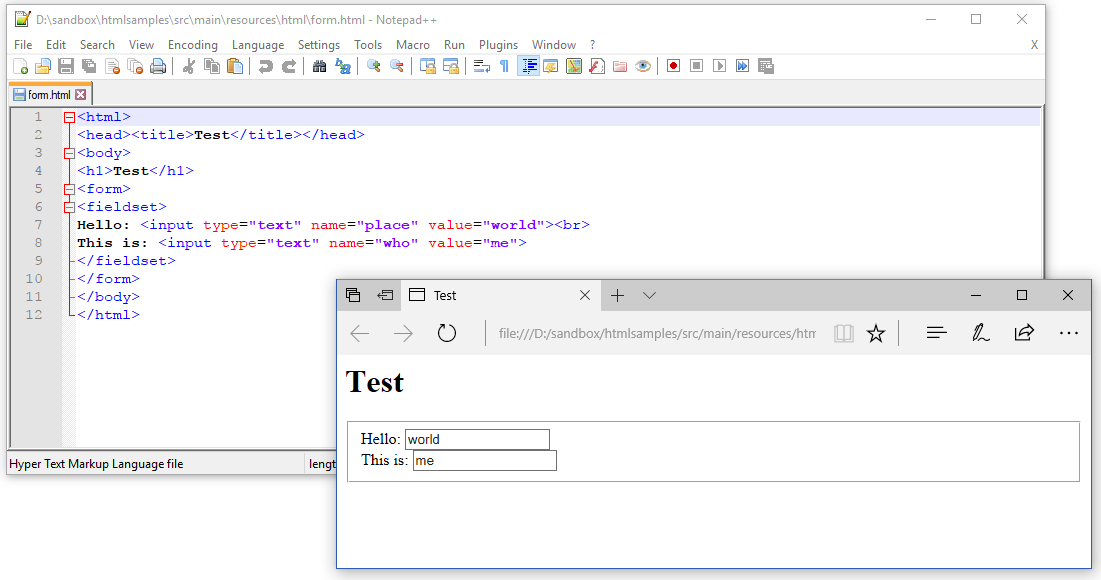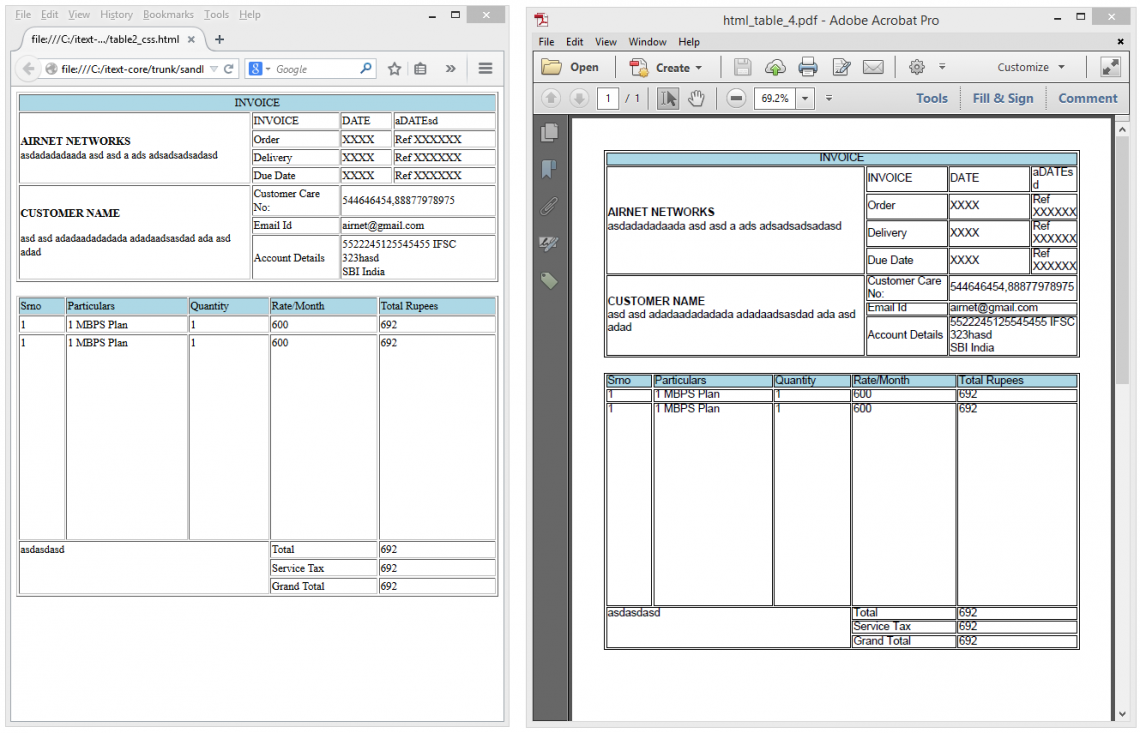Itextsharp Html To Pdf Css

It’s not possible right now but nothing stops you from starting open-source project that will do it. I might actually start one, because I need it too!Basically you will need parser that will convert html and css markup into iTextSharp classes. So becames iTextSharp.SimpleTable and so on.It would be easy to come up with prototype that would be able to work with limited html and css subset.Update: Until the time this will be possible, this is how I temporarily resolved it for myself. Only two steps:. Tell your users to download open-source app called.Make all your html reports printer friendly by providing stylesheets for print.If some of your multi-page reports need to have headers on every page, set them up in THEAD html tag.Now users will be able to print-friendly and if they choose PDFCreator printer driver, they will even be able to get report in PDF format (there are other pdf printer drivers but this one is free and open-source).Also I know HTML is not as flexible as PDF but it might be good enough.
I was doing some tests with real users and they actually like it because not only they can now print anything to PDF (even beyond my app), also their workflow is faster because they don’t have to download and wait until their pdf reader opens up. They just print (or export to pdf) what they see on website directly from their webbrowser kind of makes sense.


Itextsharp Html To Pdf With Css Styles C# Example
To this implementation I used ITextSharp.DLL and ItextSharp.xmlworker DLL. Please note that this will only shows how to do the conversion. Hurricane Diane was the costliest Atlantic hurricane of its time. One of three hurricanes to hit North Carolina during the 1955 Atlantic hurricane season, it formed on August 7 from a tropical wave between the Lesser Antilles and Cape Verde. Diane initially moved west-northwestward with little change in its intensity, but began to strengthen rapidly after turning to the north-northeast. On August 12, the hurricane reached peak sustained winds of 105 mph (170 km/h), making it a Category 2 hurricane.
Gradually weakening after veering back west, Diane made landfall near Wilmington, North Carolina, as a strong tropical storm on August 17, just five days after Hurricane Connie struck near the same area. Diane weakened further after moving inland, at which point the United States Weather Bureau noted a decreased threat of further destruction. The storm turned to the northeast, and warm waters from the Atlantic Ocean helped produce record rainfall across the northeastern United States.
Convert Html String To Pdf Using Itextsharp C#
On August 19, Diane emerged into the Atlantic Ocean southeast of New York City, becoming extratropical two days later and completely dissipating by August 23. He first area affected by Diane was North Carolina, which suffered coastal flooding but little wind and rain damage. After the storm weakened in Virginia, it maintained an area of moisture that resulted in heavy rainfall after interacting with the Blue Ridge Mountains, a process known as orographic lift. Flooding affected roads and low-lying areas along the Potomac River.
The northernmost portion of Delaware also saw freshwater flooding, although to a much lesser extent than adjacent states. Diane produced heavy rainfall in eastern Pennsylvania, causing the worst floods on record there, largely in the Poconos and along the Delaware River. Rushing waters demolished about 150 road and rail bridges and breached or destroyed 30 dams. The swollen Brodhead Creek virtually submerged a summer camp, killing 37 people. Throughout Pennsylvania, the disaster killed 101 people and caused an estimated $70 million in damage (1955 USD).nb 1 Additional flooding spread through the northwest portion of neighboring New Jersey, forcing hundreds of people to evacuate and destroying several bridges, including one built in 1831. Storm damage was evident but less significant in southeastern New York.